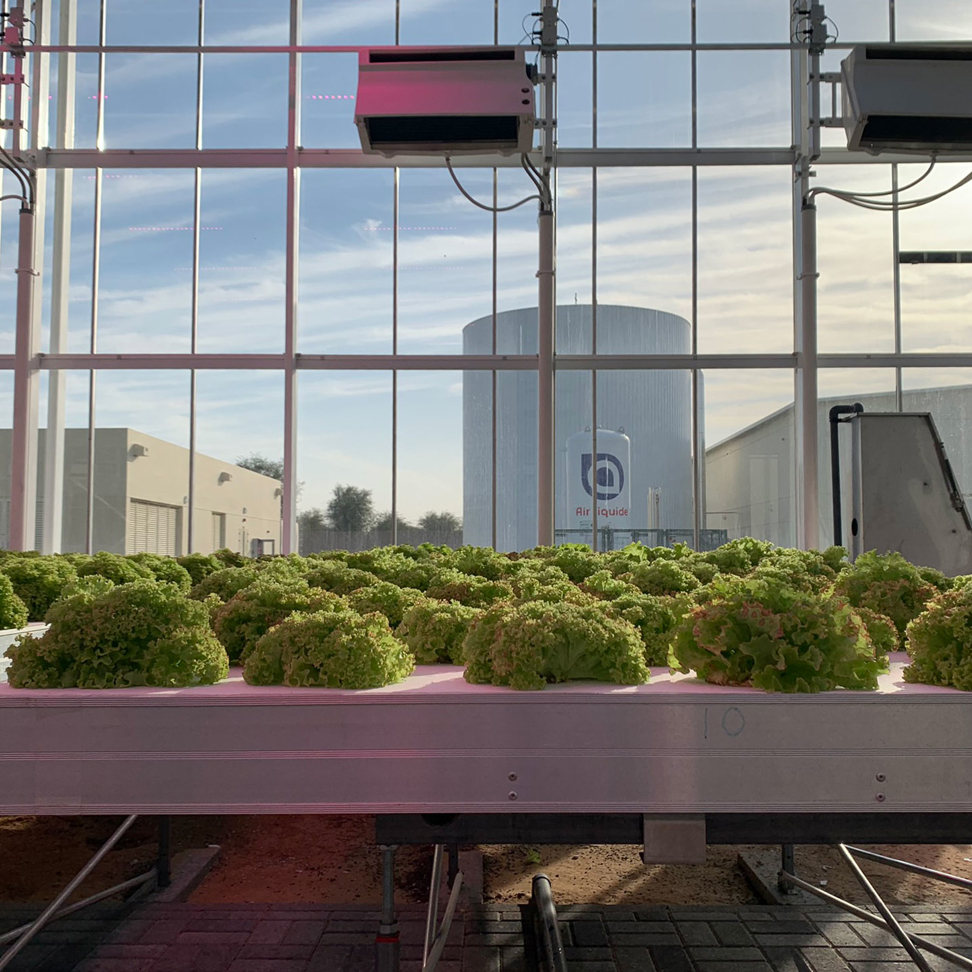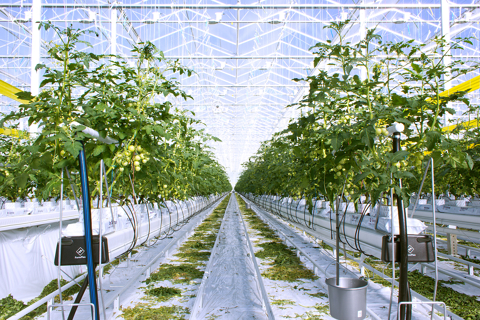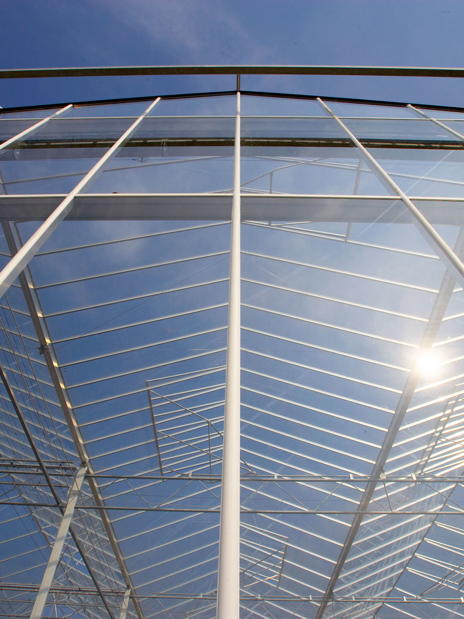The supply of extra carbon dioxide is an often applied method to increase the yield of greenhouse crops. The amount of carbon dioxide in the outside air is, depending on your location, 350 parts per million. This amount is sufficient for plants to grow, however when placing a lot of plants together in a greenhouse, the carbon dioxide levels drop as all plants are using carbon dioxide for photosynthesis. By adding CO2 (CO2 enrichment), it is possible to increase the photosynthesis potential of the crops, especially on sunny days.
Fertilization
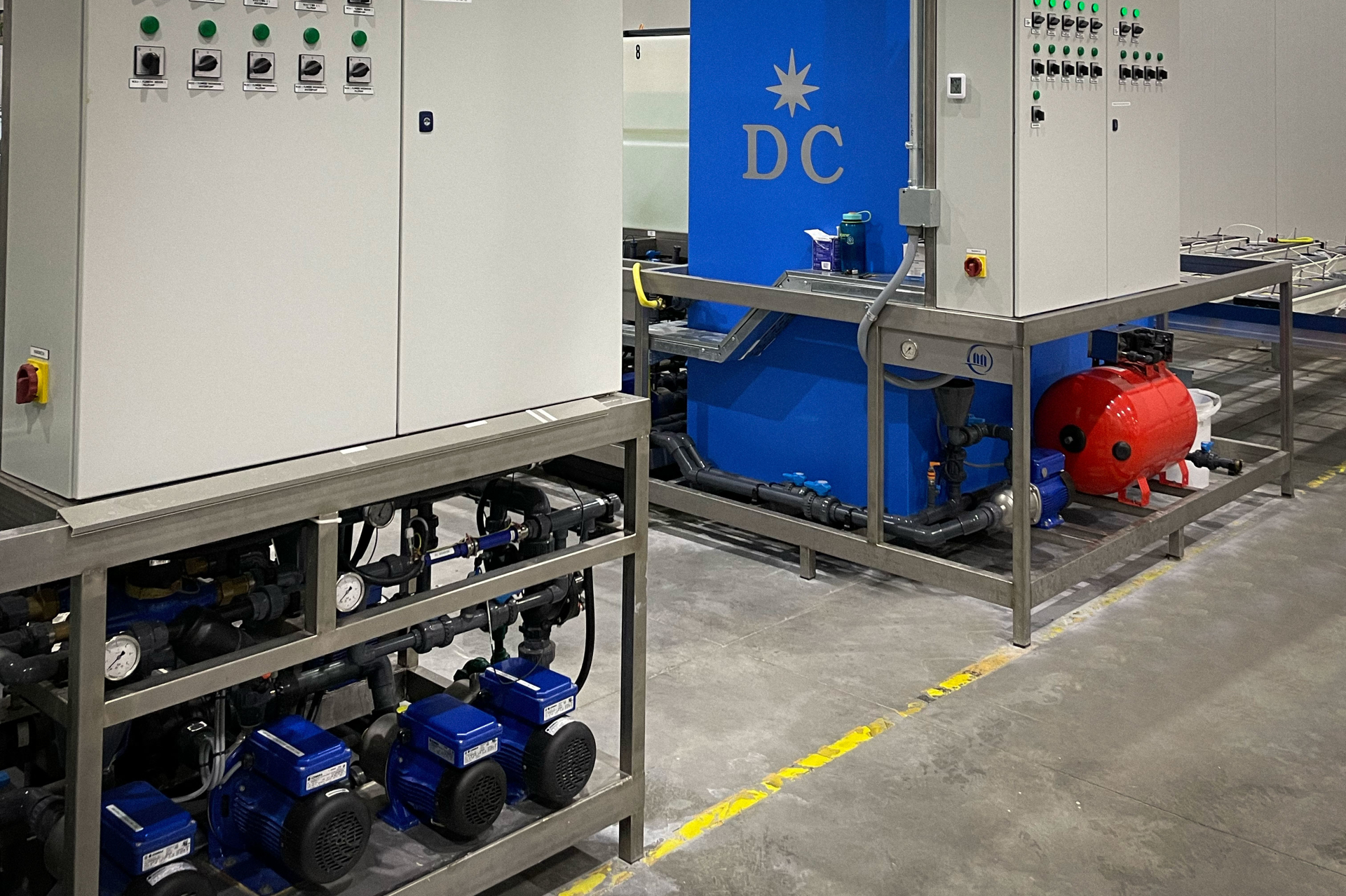
Greenhouse fertilizer: Providing nutrients for growth.
The A's & B's & NPK's for fertilizing crops
Irrigation units A&B Tank
Greenhouse irrigation systems hav two types of greenhouse fertilizer tanks to prevent undesired chemical reactions between fertilizers. Once the A- and B-tanks are prepared, the solutions then come together in a mixing bin. The mixing bin contains the concentration that is eventually given to the plant. As a result, the chance of sedimentation and undesired creation of gypsum is smaller.
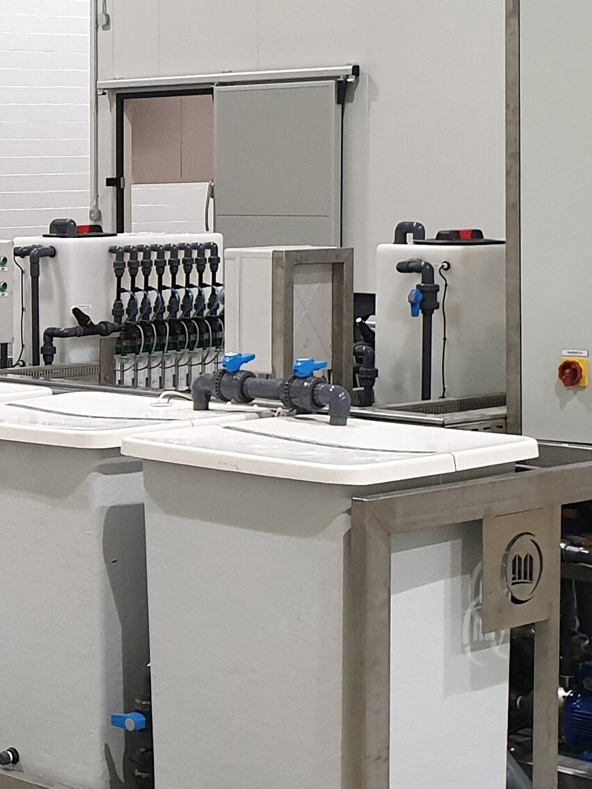
CO2 Distribution
With a distribution net, a high CO2 concentration is found near the distribution tubes and a low level close to the ridge, or near the opened ventilation windows. In Dutch greenhouses the distribution lines of CO2 are placed underneath the growing gutter, near the crops. With the natural diffusion of the carbon dioxide to the top of the greenhouse, the plants are sure to benefit from the CO2 enrichment.
The most common method of CO2 enrichment for greenhouse application is the combustion of fossil fuel. The flue gases that are used are not to contain dangerous amounts of injurious components. Therefore the most used fuel for CO2 enrichment in Dutch greenhouses is natural gas. With the combustion of 1 m3 of natural gas, approximately 1.8 kg CO2 is generated.
Learn more about greenhouse irrigation here: Dutch Greenhouses Irrigation
